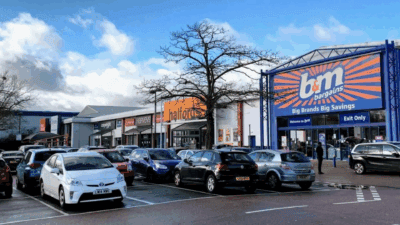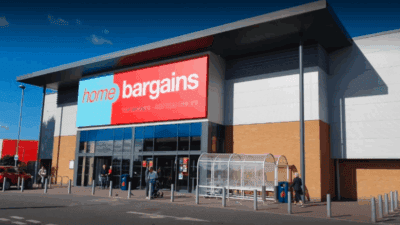Hello and welcome to my Private Label article, where I share all the mistakes I made—so you don’t have to!
I’ve been doing Amazon FBA for three years and have learned a lot about the business.
Early on in my journey, I got frustrated with constantly having to jump back on the hamster wheel—always searching for new products once my old ones sold out. Many of the products I found weren’t replenishable, which made restocking unpredictable. As a result, my sales and profits were all over the place, with no consistency.
That’s when I stumbled upon Private Label while scrolling through YouTube. What caught my attention was the ability to build my own brand—one that I could eventually sell. Even better, I could consistently restock products every month and predict my sales, which helped me stabilize my cash flow.
Of course, I made plenty of mistakes along the way, and I want to share them with you—so you don’t have to make the same ones!
These are the 5 key mistakes I have unfortunately learnt the hard way! 📈
Not Checking For Demand
When selling on Amazon, ensuring there is demand for your product is crucial. Skipping proper research can lead to losing money—I’ve learned this the hard way.
I once found a product using the Black Box Tool on Helium 10 and liked how it looked. Without doing thorough research, I assumed it would sell well because it was similar to another successful product I had been selling. Unfortunately, that assumption cost me money. I struggled to gain traction on the most-searched keywords in that niche, making it nearly impossible to drive sales.
To avoid this mistake, always ensure your chosen product has at least five keywords with a search volume of over 800 per month. Search volume indicates how often customers have recently searched for those keywords and found the product in the search results. This data is essential for making informed decisions and maximizing your chances of success.
Not Having Optimized Images
Unfortunately, whether we like it or not, our great product won’t get any clicks if our images don’t look professional.
This is especially true for the main image, as it’s the first thing people see when scrolling through search results. If your images aren’t optimized, customers will click away to a competitor’s listing, leading to higher ad spend and lower conversions. I made this mistake myself when I first started—I got lazy and simply used the supplier’s images.
To avoid this and give your product the best chance of reaching page one (where you want it to be), invest in high-quality, professional images.
Not Replenishing Your Items In Time
Imagine your first shipment has arrived at Amazon and is selling extremely well—only for you to realize you’re running out of stock fast with no reorder in place. You’ve spent all your advertising budget pushing your product up the rankings, only to lose all that progress once you go out of stock.
To avoid this, stay in regular contact with your supplier to ensure they have all the necessary materials to manufacture your product. Ask them how long a sea shipment will take to reach Amazon’s warehouse, so you can plan accordingly.
Keep a spreadsheet to track all your purchases and costs, and most importantly, maintain good cash flow in your business. This will ensure you can replenish stock when needed and keep your momentum going.
Not Keeping An Eye On Storage Costs
I recommend checking your Amazon settings to see when you’ll start incurring storage fees, as this varies for each seller. For me, it’s after three months.
Ordering too much stock and miscalculating your monthly sales can be costly. I’ve learned this the hard way—I’m still holding stock six months after delivery, which has racked up fees. (It was a bad product, and I’ll be getting rid of it once I sell out.)
To avoid this, start with a test order of 500–1,000 units and see how it performs. Plan ahead by estimating how long your next shipment will take to reach Amazon, ensuring you don’t run out of stock.
Final Thoughts
Hopefully, you’ve picked up a few valuable lessons from the mistakes I’ve made in my Amazon Private Label journey. Feel free to revisit this post whenever you need a reminder of what to avoid.
Mistakes are part of the process, so don’t be afraid to make them—just learn and keep moving forward!
You can find more valuable knowledge about Private Label on my twitter account @adam_fbaa




